Aiysha initially wanted to be a pilot but is now well on her way to a career as an architect. She highlights the importance of work experience and mentors within the profession for helping her on her journey
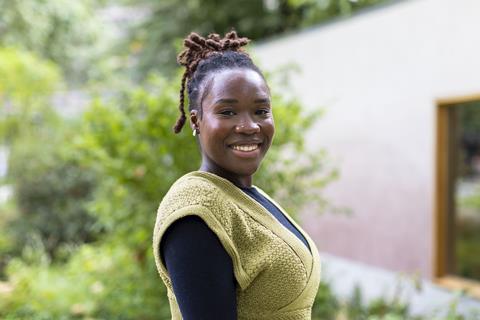
How long have you been working and what is your current job?
I have been gaining professional experience in the built environment for the past two years through a series of internships and work placements, most recently as an architectural intern with Mace and previously at Berkeley Homes (St William). These roles have given me hands-on insight into how projects are delivered in practice, allowed me to develop practical skills, and exposed me to the breadth of opportunities within the sector.
I also spent a semester abroad at the City University of Hong Kong, which broadened my perspective on international architecture and design. Academically, I am now entering my final year of undergraduate architecture study at Loughborough University, having previously completed a foundation in art and design.
As I prepare for my final year, I am seeking a part 1 architectural assistant placement where I can continue building on this experience, expanding my practical expertise and contributing meaningfully to real-world projects.
What were your first career ambitions? (Would your 16-year-old former self be surprised at what you’re doing now?)
My first ambition was to be a pilot. I loved going on holiday, but it wasn’t just the destination that fascinated me, it was the journey itself. The idea that a pilot could take you from A to B, opening the gateway to new experiences and places, felt almost magical.
It was a bit later that my attention shifted from the journey to the destination. I started falling in love with the places I visited – the streets, the public spaces, the buildings, and the way architecture told stories about the people, culture, and history of a place. I became fascinated by how design shapes experience, influences interactions, and preserves heritage. That curiosity gradually evolved into a passion for construction and architecture – the idea that I could create spaces that leave a lasting impact on people and communities.
When did you first start thinking about a career in construction and why?
Bluntly, the end of being 16, going into 17.
I have always been drawn to the idea of creating something larger than myself for as long as I can remember. While I may not have known it was “construction” at the time, I was always fascinated by creation: something tangible, interactive and long lasting. That early love for creation really opened up the pathway into construction, specifically architecture.
Where it truly blossomed was on holidays. I loved the experience of being somewhere completely new and different from what I knew in London. The way different countries had their own identity, heritage, history, stories and the fact that these oral traditions or folktales could be made tangible in buildings and pressed in time, captured in stone, wood, and space preserved for generations, blew my mind.
Seeing history and culture embedded in the built environment made me realise how powerful design can be in shaping both experience and memory.
Who or what helped you get where you are today?
I don’t think anyone gets where they are entirely on their own. For me, it has been a combination of putting myself out there, being open to opportunities, and surrounding myself with the right people.
From the very start, my parents and family have been my biggest supporters, encouraging me to aim high and reminding me that my background should never limit me. At university, my tutors gave me the push to challenge myself and step outside of my comfort zone, which eventually led me to opportunities like a study exchange in Hong Kong.
Mentors, both formal and informal, have also been instrumental. Whether it was someone taking the time to give me advice on LinkedIn, managers at Berkeley Homes and Mace who trusted me with responsibility early on, or peers who shared their own experiences, each conversation added value. I have learnt that, sometimes, progress comes simply from starting the conversation and being brave enough to ask questions.
I have also found huge inspiration and support in networks and initiatives. Open Doors: Get into Construction, Girls Under Construction and 10,000 Black Interns gave me visibility and community, showing me that there are others taking similar paths. Being part of these initiatives reminded me of the importance of representation, and how powerful it can be when you see someone who looks like you succeeding.
Did your choice of subjects/qualifications in education help or hinder you getting a job in the sector?
Choosing my subjects at school definitely shaped the way I approached a career in the built environment, though not always in the ways I expected. Studying maths, physics, and design & technology gave me a toolkit of skills that turned out to be invaluable – problem-solving, creative thinking, and the ability to make connections across different areas of knowledge.
I didn’t follow the typical route into architecture or construction, and there were moments when I wondered if that would hold me back. I hadn’t studied arts, hadn’t done a pre-course in architecture, and had no prior experience with design software. But, rather than seeing this as a barrier, I treated it as a challenge, a chance to push myself, learn quickly, and develop resilience.
In the end, my choices didn’t hinder me at all; they gave me perspective, adaptability, and confidence.
Have you had to overcome any other barriers to get where you are today?
Being a black, female, Muslim in construction comes with its challenges, from being under-represented to facing assumptions and feeling the need to work harder to prove myself. But, rather than letting these barriers define me, I have used them as motivation to grow, adapt and demonstrate what is possible.
One of the moments that shaped me the most was taking part in a study exchange in Hong Kong. Living and studying in a completely different environment pushed me out of my comfort zone, built my independence and gave me the confidence to embrace new opportunities without hesitation.
Professionally, my experiences with Berkeley Homes – thanks to Open Doors and Girls Under Construction for providing the opportunity – and later with Mace via 10,000 Black Interns were pivotal in showing me the practical side of the industry. They allowed me to see how projects come together, develop my skills, and understand the wide range of opportunities available within construction.
Barriers will always exist, but I have learnt to see them as part of the journey rather than a stopping point.
What do you know now about the industry that you wish you knew when you were at school?
I wish I had known how diverse and wide-reaching the industry is. At school, as much as we are told to think big and have a “world is our oyster” type of mindset, we are often unconsciously trapped by society and the perception of industries. For example, if you study a certain set of subjects at GCSE/A level, then you are led to believe that these are the only types of careers you can go into. But that’s not actually true – especially not in the built environment industry.
The industry is so large and so accepting of all subjects that you often find your space and your people.
What I also know now, and wish I had understood back at school, is that the built environment thrives on diversity: diversity of skills, experiences and perspectives. You don’t have to fit into a narrow box of subjects or career labels to succeed here.
What surprised you about the industry as a new starter?
What surprised me was just how broad and interconnected it is. When you are studying architecture, it is easy to focus purely on design and forget how many other disciplines are involved, from engineering and sustainability to project management and technology, and how much they all rely on each other.
I was also amazed by the range of people working in the sector. You meet colleagues from backgrounds as diverse as geography, international business, art and computer science, and everyone brings their own unique perspective and skill-set. Each contribution is valued, and it really highlighted how collaboration drives the industry forward.
What are the best and hardest bits of your job?
As a current student, I look back at my experiences with Mace and Berkeley to understand both the best and hardest aspects of working in the industry.
For me, the best parts are seeing the impact of projects come to life, introducing new concepts, challenging the industry, and pushing yourself creatively. I also love working with and meeting people, collaborating with talented individuals, and learning from different perspectives. Being part of a process that shapes spaces and communities is incredibly rewarding, and it is exciting to see how ideas translate into reality.
The hardest parts are coming to terms with the fact that sometimes something has to give, and that the decisions we make affect real people and communities. Long hours are also part of the reality, especially when you are passionate about your work. It can be difficult to step back and let things settle, but learning to do so is an important part of managing projects and maintaining perspective.
Ultimately, these challenges are part of what makes the best parts so rewarding – pushing you to grow, adapt and become better at what you do. Every project, every obstacle, every late night is a step towards creating work that endures, work that inspires, and a name that leaves a mark in the industry.
For someone coming through the school system now, what advice do you have about choosing a construction-related career?
Do what you love, because the industry is not just about buildings. It’s about shaping communities, tackling challenges, driving innovation and blending design with purpose.
Whatever path you take in this industry, it’s a journey, and along the way you will learn just as much about yourself as you will about the work itself. Be ready for the challenging parts, because personal growth is a huge part of professional growth.
And don’t forget to explore! Not just within your profession, course, or subjects, but the world itself. The built environment is our canvas, and to truly respond to it, you need to see new places, meet new people, and experience different ways of thinking. Bring those experiences back with you, share them, and inspire others.
What one thing would you change to make finding a career in the built environment sector easier?
Better outreach. The truth is, you don’t really know what is possible in an industry until you have actually seen it, yet there are so many pre-conceived ideas about what the sector is, which can make it hard to picture yourself in it.
Outreach should be more than just talks in schools. It should be about creating opportunities for young people to experience the industry at first-hand through work placements, mentoring and real projects. It’s about highlighting these opportunities, which are provided by events such as Open Doors.
It’s also about involving parents and teachers, who often influence career choices, and showing how the built environment connects to big issues like climate change, technology, and social impact.
Sometimes, when people reach a certain stage in their careers, they forget how important it is to keep the door open for the next generation, so having professionals actively share their experiences is key.
Tell us about your route into construction
The industry includes an impressive range and variety of roles – but unless you are on the inside it can be hard to know how to break in, let alone progress to the top. In this series, we talk to professionals about their often surprising career twists and turns - if you want to be featured email nicolas.andrews@assemblemediagroup.co.uk

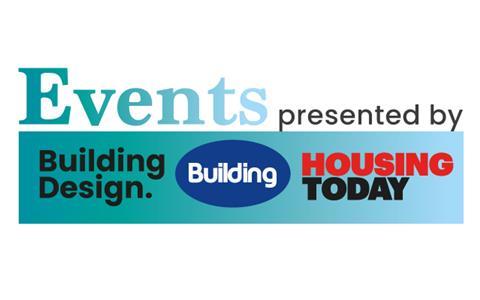
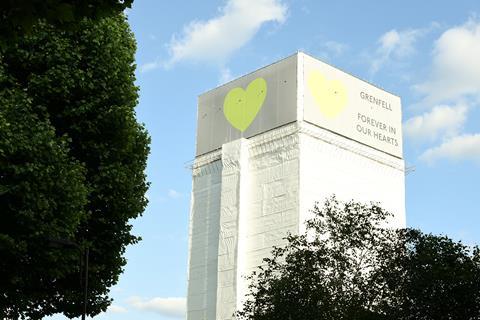
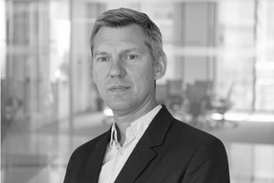
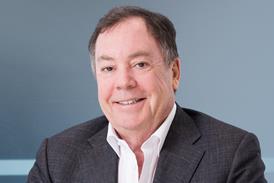


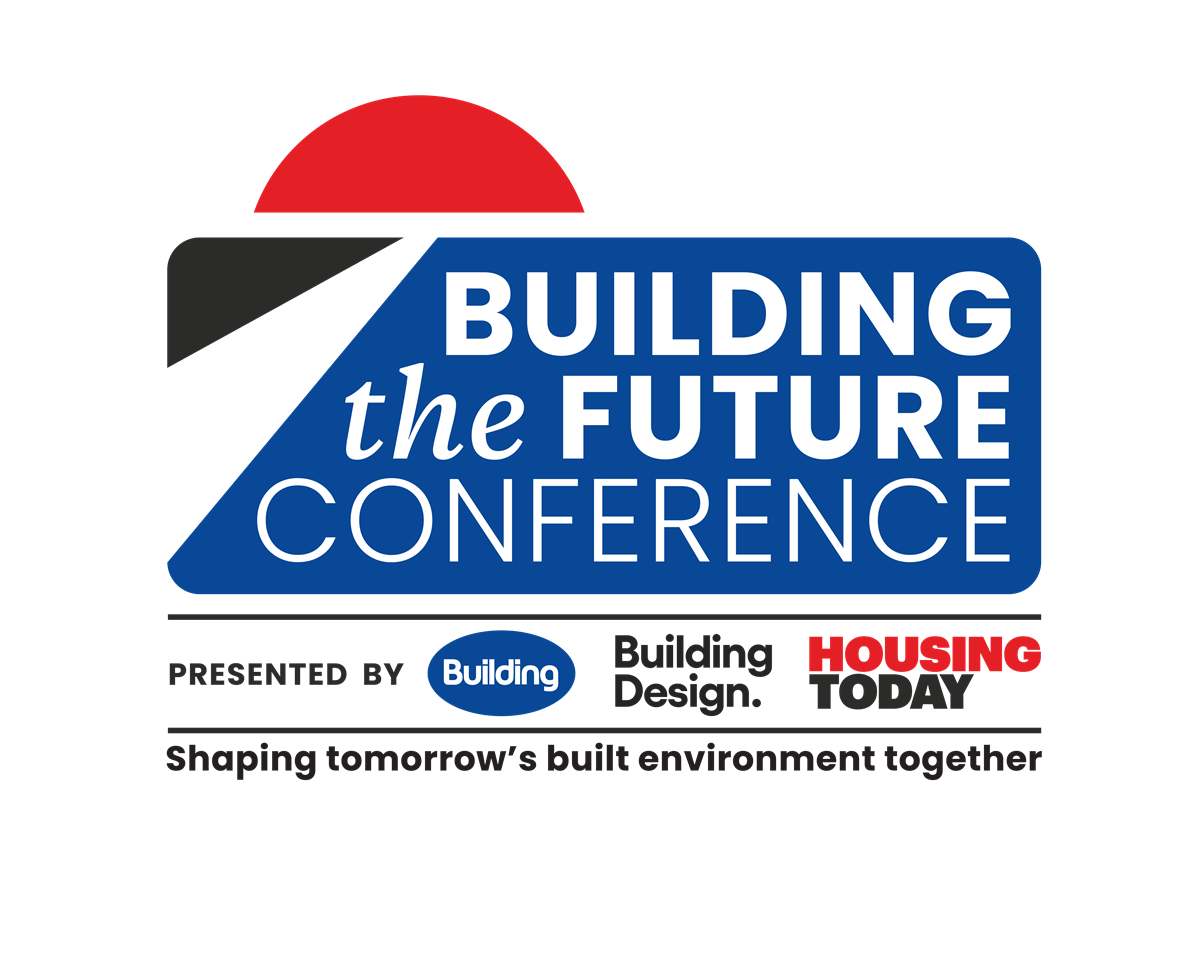
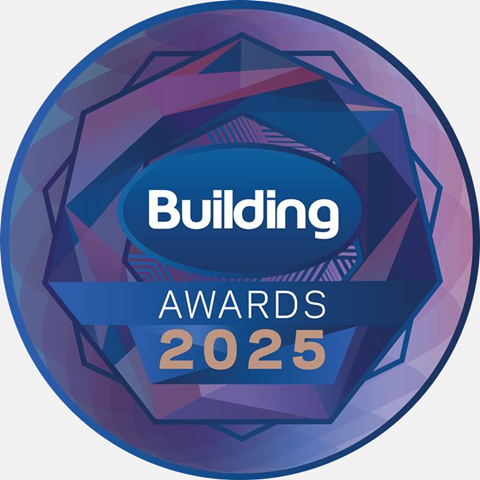
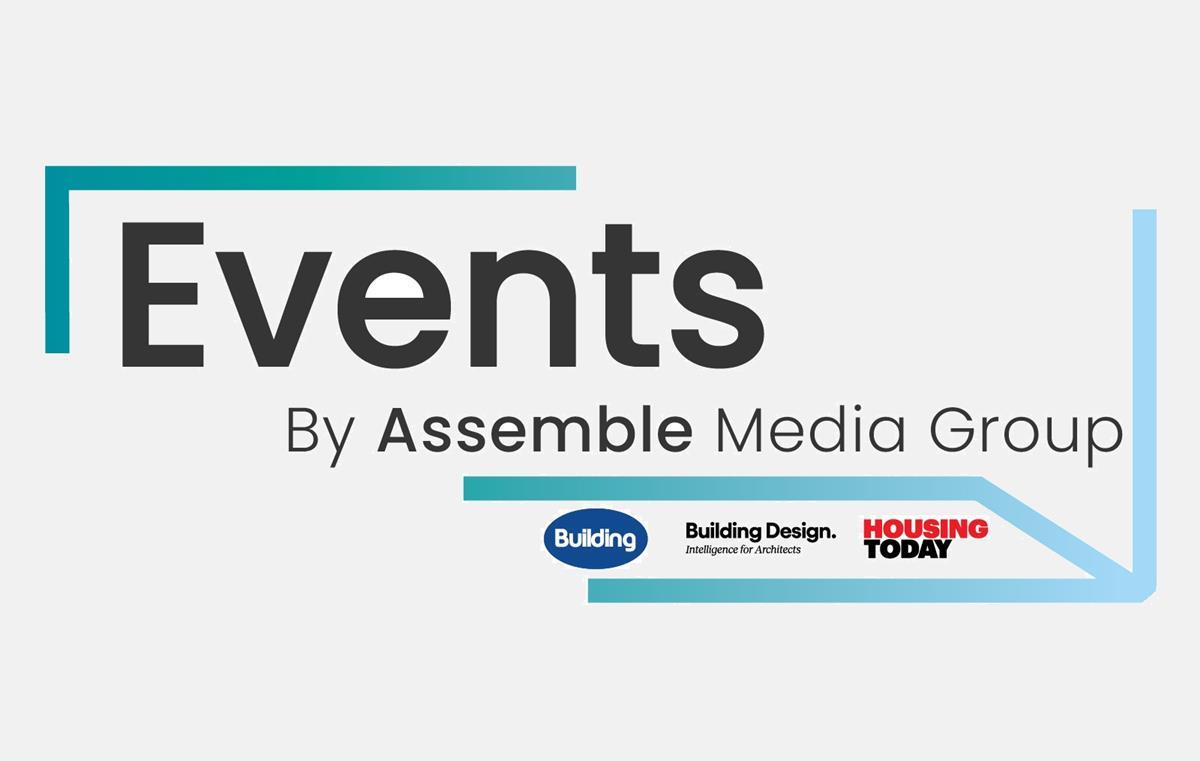





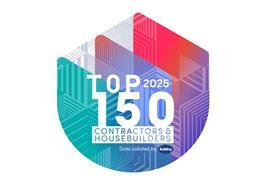
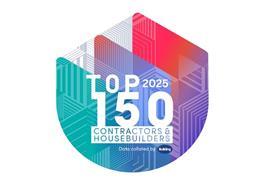
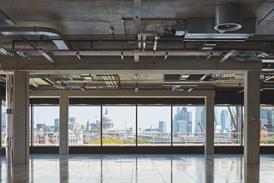

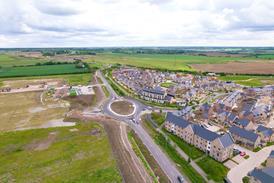







No comments yet